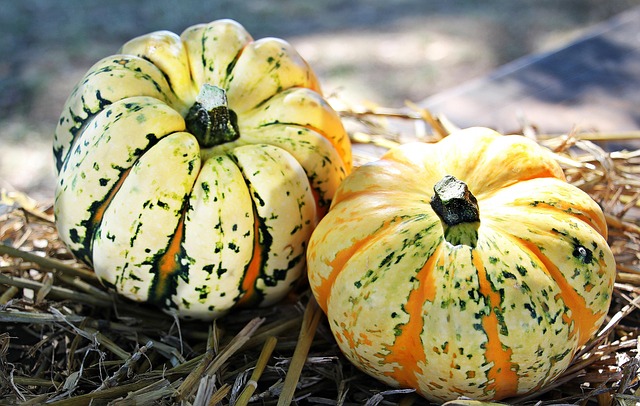In an era where climate change is at the forefront of global discussions, finding practical solutions to reduce emissions has become more crucial than ever. One of the most effective yet often overlooked ways to contribute to a healthier planet is by embracing seasonal foods. Consuming local and seasonal produce not only supports your community’s agriculture but also significantly lessens your carbon footprint.
Seasonal foods are cultivated during their natural growing periods, making them more abundant and accessible. When you choose to eat what’s in season, you effectively reduce the need for transportation over long distances, which is a primary contributor to greenhouse gas emissions. For example, when you enjoy fresh strawberries in June rather than out-of-season imports in the winter, you’re not just savoring a tastier fruit—you’re also cutting down on the carbon emissions associated with long-haul shipping.
Moreover, seasonal foods are often grown within your local ecosystem, which means they require less energy for artificial heating or cooling in greenhouses. This not only keeps your diet in harmony with nature but also promotes biodiversity. By selecting local farmers’ markets or community-supported agriculture (CSA) programs, you’re supporting sustainable farming practices that prioritize the health of the environment. You become a steward of the earth, making choices that lead to the conservation of energy, water, and soil resources.
Additionally, eating seasonally presents an incredible opportunity to diversify your diet. Each season brings a unique array of fruits and vegetables, prompting culinary creativity while allowing you to experience the freshest flavors nature has to offer. Winter might bring hearty root vegetables and citrus, while summer offers a vivid palette of berries and leafy greens. This seasonal rhythm allows for meals that are not just satisfying but also packed with nutrients, supporting your wellbeing while caring for the planet.
Engaging with seasonal foods also fosters a deeper connection with nature and your local community. By understanding what grows when, you become more aware of the environmental cycles around you. This awareness not only enriches your eating habits but encourages a sense of stewardship for the earth. It can be a joy to participate in local harvests or even start your own garden, cultivating your awareness of climate issues through direct interaction with the agricultural process.
The ripple effect of choosing seasonal foods is substantial. When we shift our purchasing habits toward locally sourced produce, we help minimize food waste, another significant contributor to greenhouse gas emissions. When fruits and vegetables travel less distance to reach our tables, the chances of spoilage decrease, and thus, we waste less. This collective community action reinforces the idea that each small change can contribute to a larger impact, ultimately aiding in the fight against climate change.
Let us move toward a more sustainable future, one meal at a time. By committing to seasonal foods, not only can we make conscious choices that benefit our health, but we can also take meaningful steps to combat the pressing issue of climate change and protect our environment for future generations. Embrace the seasons, support local farmers, and relish the variety each season offers—it’s a delicious way to be part of the solution.



